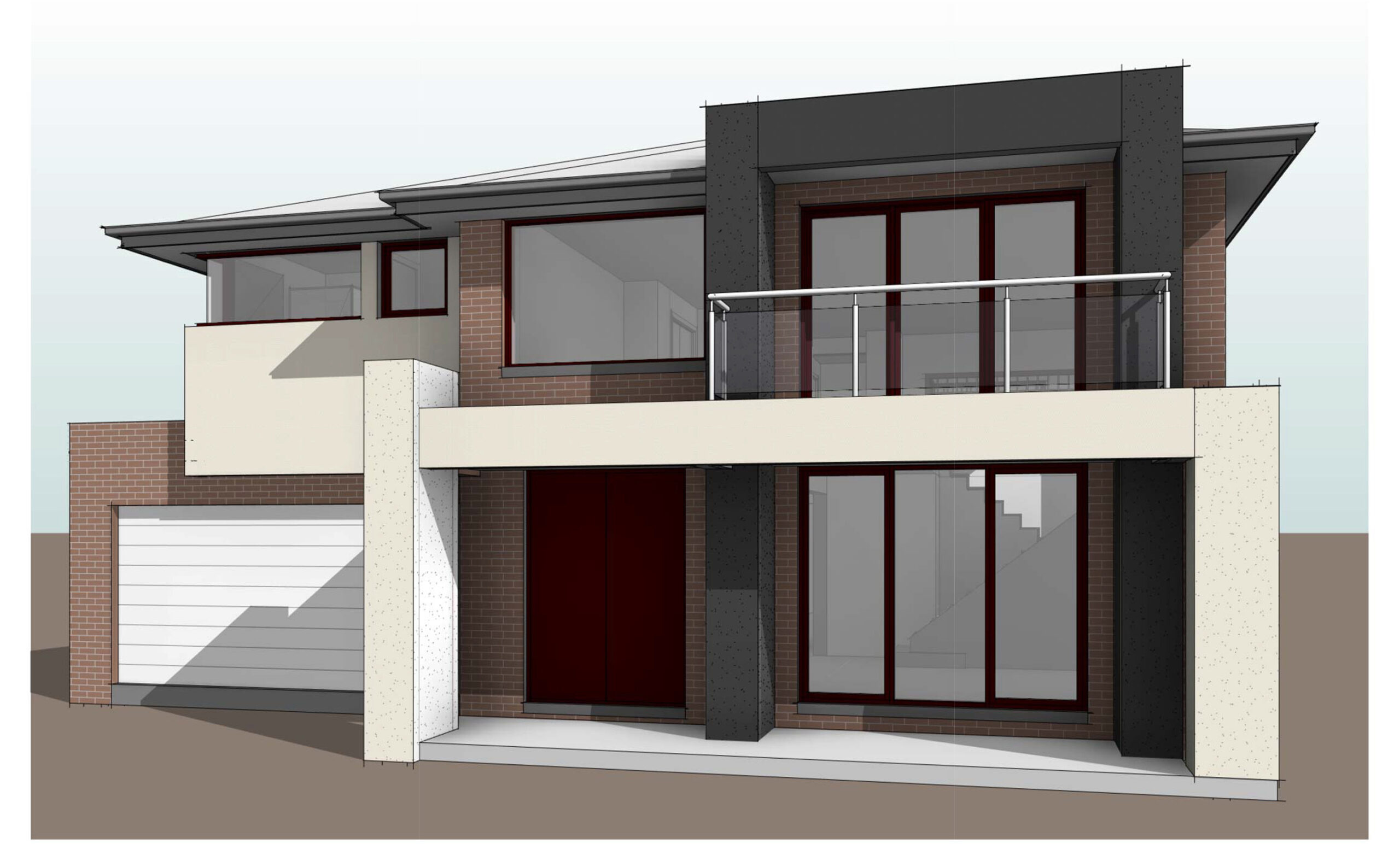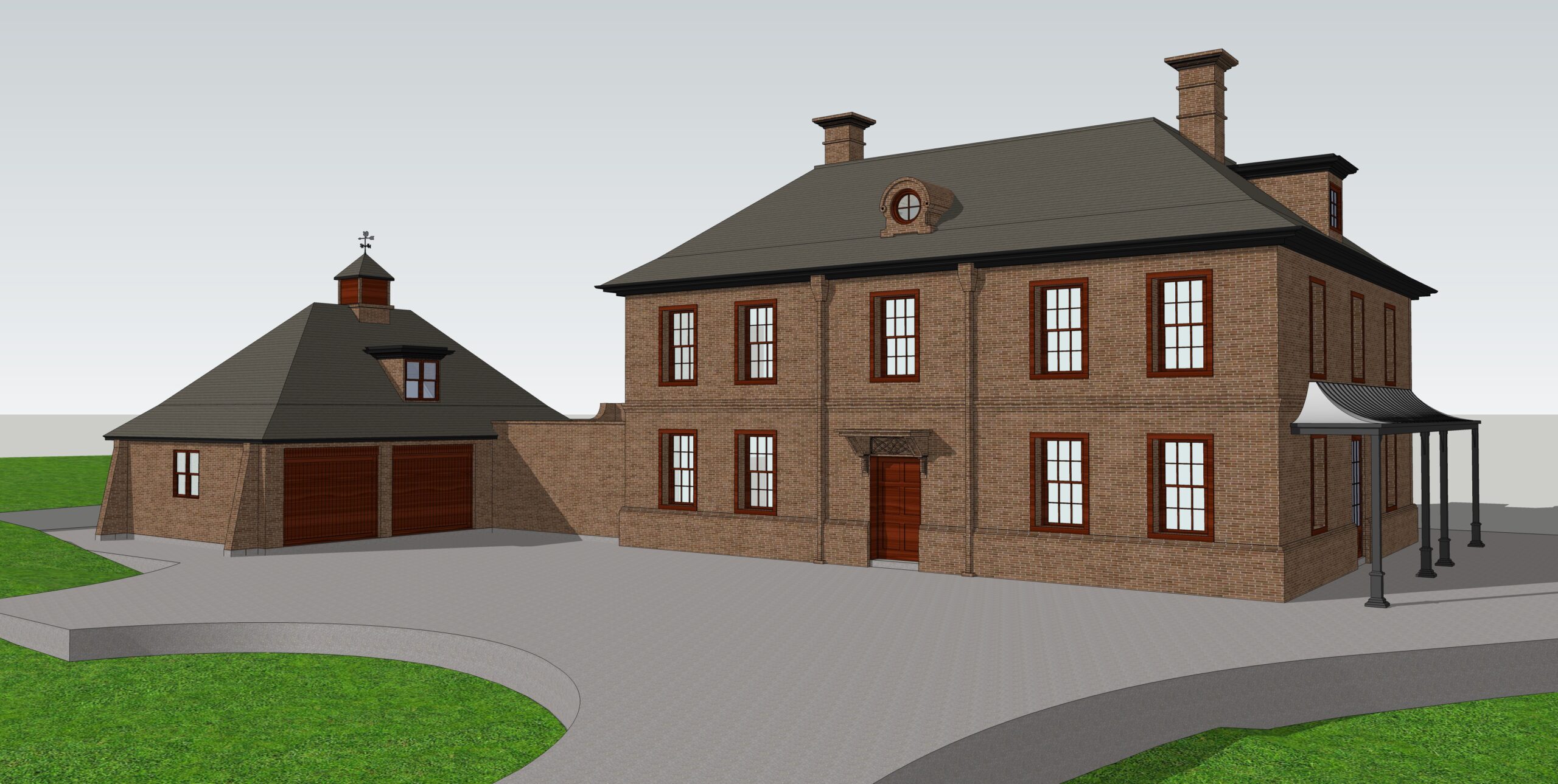Transforming Architectural Practices through Outsourcing Project Works
Posted on : Jul 13, 2023
Unleash the trans-formative power of architectural innovation with 𝐂-𝐃𝐞𝐬𝐢𝐠𝐧! Step into a world where imagination takes shape and creativity knows no bounds. Welcome to the realm of 𝗘𝗹𝗲𝗴𝗮𝗻𝘁 𝗔𝗿𝗰𝗵𝗶𝘁𝗲𝗰𝘁𝘂𝗿𝗲, where our team of passionate architects and designers is dedicated to turning your dreams into extraordinary realities. With unrevealed expertise and a focus on sustainable design, we bring your visions to life while leaving a positive footprint on the environment. From conceptualisation to intricate 3D modelling, our comprehensive range of services caters to residential, commercial, and industrial projects. Experience the harmonious fusion of form and function as we create spaces that inspire and captivate. Embrace the extraordinary and embark on your architectural journey today by visiting www.outsourcingcadworks.com .
Let 𝐂-𝐃𝐞𝐬𝐢𝐠𝐧 be your partner in crafting architectural wonders that leave a lasting impression.
𝐂𝐨𝐧𝐭𝐚𝐜𝐭 𝐮𝐬 : projects@c-design.in
𝗖𝗹𝗶𝗰𝗸 𝗼𝗻 𝗟𝗶𝗻𝗸: https://shorturl.at/auy14
In today’s rapidly evolving architectural industry, firms are constantly seeking innovative ways to enhance their efficiency and productivity. One approach that has gained significant traction in recent years is outsourcing project works. By leveraging the expertise of external professionals, architectural firms can streamline their operations, increase their flexibility, and focus on core competencies. In this article, we will explore the benefits and challenges of outsourcing project works in architectural practices and how it has transformed the way these firms operate.
-
Introduction
Architectural firms face numerous challenges in managing complex projects while meeting strict deadlines and delivering high-quality designs. To overcome these challenges, many firms are turning to outsourcing as a strategic solution. Outsourcing project works involves delegating certain aspects of a project, such as drafting, 3D modeling, rendering, or documentation, to external professionals or specialized firms.
-
The Rise of Outsourcing in the Architectural Industry
The architectural industry has witnessed a significant rise in outsourcing practices due to several factors. Firstly, advancements in communication technologies have made it easier for firms to collaborate with professionals located in different geographical areas. Additionally, the increasing complexity of architectural projects has led firms to seek specialized expertise that may not be available in-house. Furthermore, the cost advantages associated with outsourcing have attracted firms looking to optimize their budgets and allocate resources more efficiently.
-
Advantages of Outsourcing Project Works
3.1 Access to Specialized Expertise
Outsourcing project works allows architectural firms to tap into a vast pool of specialized expertise. By partnering with external professionals or firms with extensive experience in specific areas, firms can benefit from their knowledge and skills. This access to specialized expertise can result in improved project outcomes and innovative design solutions.
3.2 Cost Savings
Cost savings is a significant driver for outsourcing project works in the architectural industry. Outsourcing allows firms to reduce overhead costs associated with maintaining an extensive in-house team. By outsourcing specific project components, firms can allocate their resources more effectively, optimizing their budgets and achieving significant cost savings.
3.3 Improved Efficiency and Productivity
Outsourcing project works can enhance the overall efficiency and productivity of architectural practices. By delegating time-consuming tasks to external professionals, in-house teams can focus on core competencies and strategic aspects of the project. This streamlined approach allows firms to deliver projects more efficiently, meet deadlines, and improve client satisfaction.
3.4 Enhanced Scalability and Flexibility
Outsourcing offers architectural firms the flexibility to scale their operations based on project requirements. During peak periods or when faced with complex projects, firms can easily ramp up their outsourcing efforts to accommodate the increased workload. Conversely, during slower periods, firms can scale down their outsourcing activities, thereby optimizing resource allocation.
3.5 Reduced Time-to-Market
Outsourcing project works can significantly reduce time-to-market for architectural firms. By leveraging external expertise, firms can accelerate various project phases, such as drafting, rendering, or documentation. This accelerated timeline enables firms to deliver projects promptly, gain a competitive edge, and maximize their market opportunities.
-
Challenges of Outsourcing in Architectural Practices
While outsourcing project works offers numerous advantages, it also presents certain challenges that architectural practices need to address effectively. Understanding and mitigating these challenges is crucial for successful outsourcing implementations.
4.1 Communication and Collaboration
Effective communication and collaboration are vital for successful outsourcing partnerships. Language barriers, time zone differences, and cultural nuances can hinder smooth communication channels. Architectural firms must establish clear lines of communication, leverage collaborative tools, and foster a culture of open and transparent dialogue to ensure effective collaboration with their outsourcing partners.
4.2 Quality Control
Maintaining consistent quality across outsourced project works can be a challenge. Architectural firms need to establish robust quality control processes and standards to ensure that the outsourced work meets their expectations. Regular feedback, performance evaluations, and close monitoring of the outsourcing partners’ work are essential to maintain high-quality outcomes.
4.3 Data Security and Intellectual Property Protection
Outsourcing project works involves sharing sensitive project data and intellectual property with external entities. Architectural firms must implement stringent data security measures to protect confidential information and safeguard their intellectual property rights. Non-disclosure agreements (NDAs) and secure data transfer protocols can help mitigate the risks associated with data security breaches.
4.4 Cultural and Language Differences
Working with outsourcing partners from different cultures and linguistic backgrounds can lead to misunderstandings and misinterpretations. Architectural firms must embrace cultural diversity and bridge the gap through effective communication and cross-cultural training. Cultural sensitivity and adaptability are crucial to establish harmonious and productive outsourcing relationships.
-
Best Practices for Successful Outsourcing
To maximize the benefits of outsourcing project works, architectural firms should adhere to the following best practices:
5.1 Clear Project Scope and Expectations
Clearly defining the project scope and expectations is essential for successful outsourcing. Both parties should have a comprehensive understanding of the project requirements, deliverables, timelines, and quality standards. A well-defined project scope minimizes misunderstandings and ensures that the outsourced work aligns with the firm’s objectives.
5.2 Establishing Effective Communication Channels
Effective communication is the foundation of successful outsourcing partnerships. Architectural firms should establish clear communication channels with their outsourcing partners, leveraging various communication tools such as email, video conferencing, and project management software. Regular meetings, progress updates, and open dialogue foster collaboration and alignment.
5.3 Implementing Quality Assurance Measures
Architectural firms must establish robust quality assurance measures to maintain consistent quality across outsourced project works. These measures can include regular quality checks, feedback loops, and performance evaluations. Ensuring that the outsourcing partner adheres to the firm’s quality standards is crucial for delivering high-quality outcomes.
5.4 Ensuring Data Security and Confidentiality
Protecting sensitive project data and intellectual property is paramount when outsourcing. Architectural firms should implement strong data security protocols, including secure file transfer methods and access controls. Non-disclosure agreements (NDAs) and confidentiality agreements can provide additional legal protection. Regular audits and monitoring can help ensure data security throughout the outsourcing partnership.
5.5 Building Long-Term Partnerships
Developing long-term relationships with trusted outsourcing partners can yield significant benefits. By nurturing partnerships based on trust, open communication, and mutual respect, architectural firms can build a network of reliable outsourcing providers. Long-term partnerships enable better understanding of the firm’s needs and allow the outsourcing partner to align their services more effectively.
-
Real-Life Case Studies: Architectural Firms Embracing Outsourcing
To provide real-world insights into the benefits and outcomes of outsourcing project works in architectural practices, let’s explore a few case studies:
Case Study 1: XYZ Architects
XYZ Architects, a mid-sized architectural firm, faced challenges in meeting increasing project demands while maintaining quality standards. By outsourcing their drafting and 3D modeling tasks to a specialized outsourcing firm, they were able to significantly reduce turnaround time, improve project efficiency, and allocate more resources to design and client interactions. The partnership resulted in cost savings and enhanced scalability for XYZ Architects.
Case Study 2: ABC Design Studio
ABC Design Studio wanted to expand their service offerings without increasing their in-house team size. They outsourced their rendering and visualization tasks to a highly skilled external team. This allowed them to take on larger and more complex projects, deliver high-quality visualizations, and meet client expectations. The outsourcing partnership enabled ABC Design Studio to strengthen their market position and increase their revenue.
These case studies highlight the positive impact outsourcing project works can have on architectural practices, enabling firms to overcome challenges, improve efficiency, and achieve their business goals.
-
Conclusion
Outsourcing project works has emerged as a transformative strategy in the architectural industry. By harnessing the benefits of outsourcing, architectural firms can access specialized expertise, achieve cost savings, enhance efficiency and productivity, and overcome resource limitations. However, successful outsourcing requires effective communication, robust quality control measures, data security protocols, and cultural adaptability. By following best practices and building long-term partnerships, architectural practices can leverage outsourcing to transform their operations and deliver exceptional projects.




